Lyse Naomi Wamba Momo
AfriMTE and AfriCOMET: Empowering COMET to Embrace Under-resourced African Languages
Nov 16, 2023
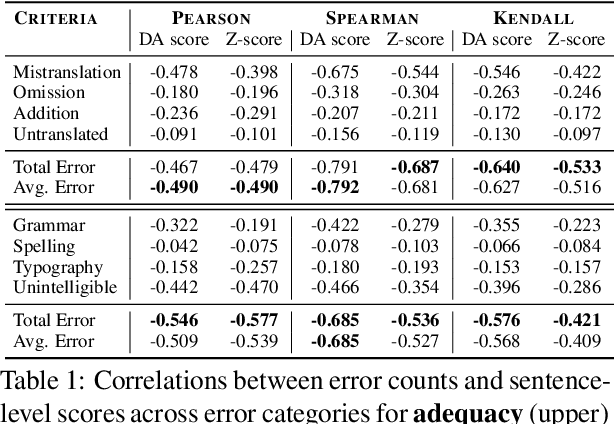
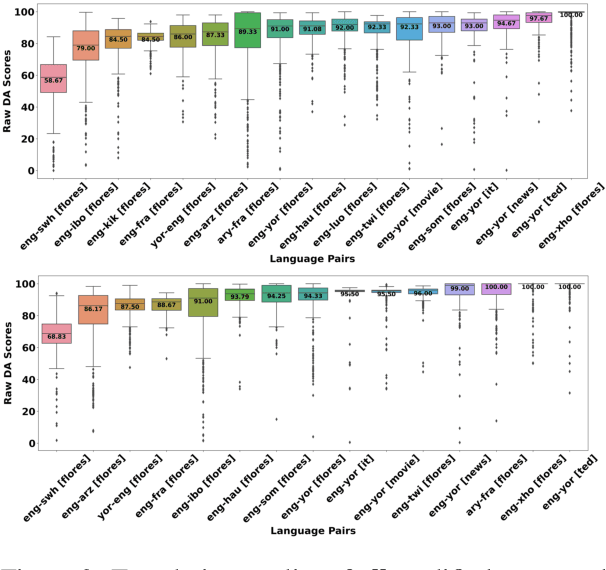
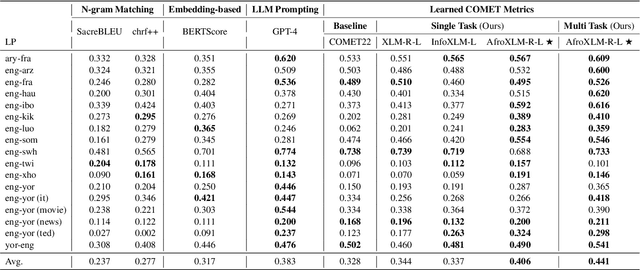
Abstract:Despite the progress we have recorded in scaling multilingual machine translation (MT) models and evaluation data to several under-resourced African languages, it is difficult to measure accurately the progress we have made on these languages because evaluation is often performed on n-gram matching metrics like BLEU that often have worse correlation with human judgments. Embedding-based metrics such as COMET correlate better; however, lack of evaluation data with human ratings for under-resourced languages, complexity of annotation guidelines like Multidimensional Quality Metrics (MQM), and limited language coverage of multilingual encoders have hampered their applicability to African languages. In this paper, we address these challenges by creating high-quality human evaluation data with a simplified MQM guideline for error-span annotation and direct assessment (DA) scoring for 13 typologically diverse African languages. Furthermore, we develop AfriCOMET, a COMET evaluation metric for African languages by leveraging DA training data from high-resource languages and African-centric multilingual encoder (AfroXLM-Roberta) to create the state-of-the-art evaluation metric for African languages MT with respect to Spearman-rank correlation with human judgments (+0.406).
Length of Stay prediction for Hospital Management using Domain Adaptation
Jun 29, 2023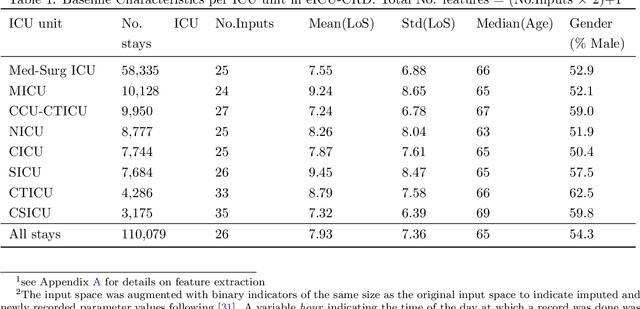
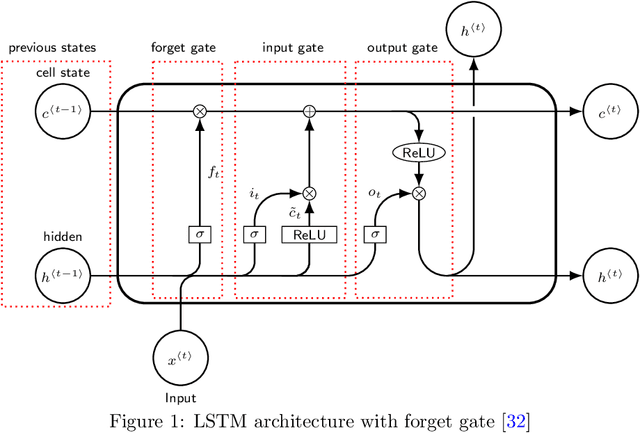
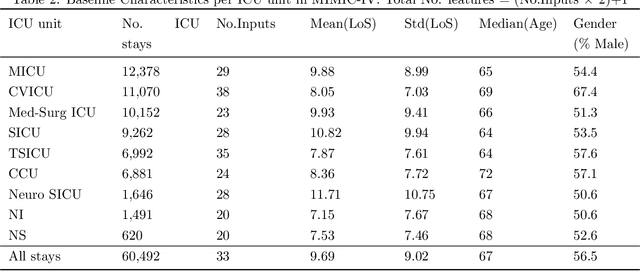
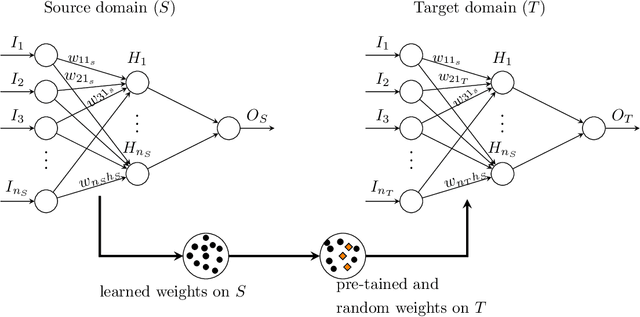
Abstract:Inpatient length of stay (LoS) is an important managerial metric which if known in advance can be used to efficiently plan admissions, allocate resources and improve care. Using historical patient data and machine learning techniques, LoS prediction models can be developed. Ethically, these models can not be used for patient discharge in lieu of unit heads but are of utmost necessity for hospital management systems in charge of effective hospital planning. Therefore, the design of the prediction system should be adapted to work in a true hospital setting. In this study, we predict early hospital LoS at the granular level of admission units by applying domain adaptation to leverage information learned from a potential source domain. Time-varying data from 110,079 and 60,492 patient stays to 8 and 9 intensive care units were respectively extracted from eICU-CRD and MIMIC-IV. These were fed into a Long-Short Term Memory and a Fully connected network to train a source domain model, the weights of which were transferred either partially or fully to initiate training in target domains. Shapley Additive exPlanations (SHAP) algorithms were used to study the effect of weight transfer on model explanability. Compared to the benchmark, the proposed weight transfer model showed statistically significant gains in prediction accuracy (between 1% and 5%) as well as computation time (up to 2hrs) for some target domains. The proposed method thus provides an adapted clinical decision support system for hospital management that can ease processes of data access via ethical committee, computation infrastructures and time.
Client Recruitment for Federated Learning in ICU Length of Stay Prediction
Apr 28, 2023Abstract:Machine and deep learning methods for medical and healthcare applications have shown significant progress and performance improvement in recent years. These methods require vast amounts of training data which are available in the medical sector, albeit decentralized. Medical institutions generate vast amounts of data for which sharing and centralizing remains a challenge as the result of data and privacy regulations. The federated learning technique is well-suited to tackle these challenges. However, federated learning comes with a new set of open problems related to communication overhead, efficient parameter aggregation, client selection strategies and more. In this work, we address the step prior to the initiation of a federated network for model training, client recruitment. By intelligently recruiting clients, communication overhead and overall cost of training can be reduced without sacrificing predictive performance. Client recruitment aims at pre-excluding potential clients from partaking in the federation based on a set of criteria indicative of their eventual contributions to the federation. In this work, we propose a client recruitment approach using only the output distribution and sample size at the client site. We show how a subset of clients can be recruited without sacrificing model performance whilst, at the same time, significantly improving computation time. By applying the recruitment approach to the training of federated models for accurate patient Length of Stay prediction using data from 189 Intensive Care Units, we show how the models trained in federations made up from recruited clients significantly outperform federated models trained with the standard procedure in terms of predictive power and training time.
 Add to Chrome
Add to Chrome Add to Firefox
Add to Firefox Add to Edge
Add to Edge